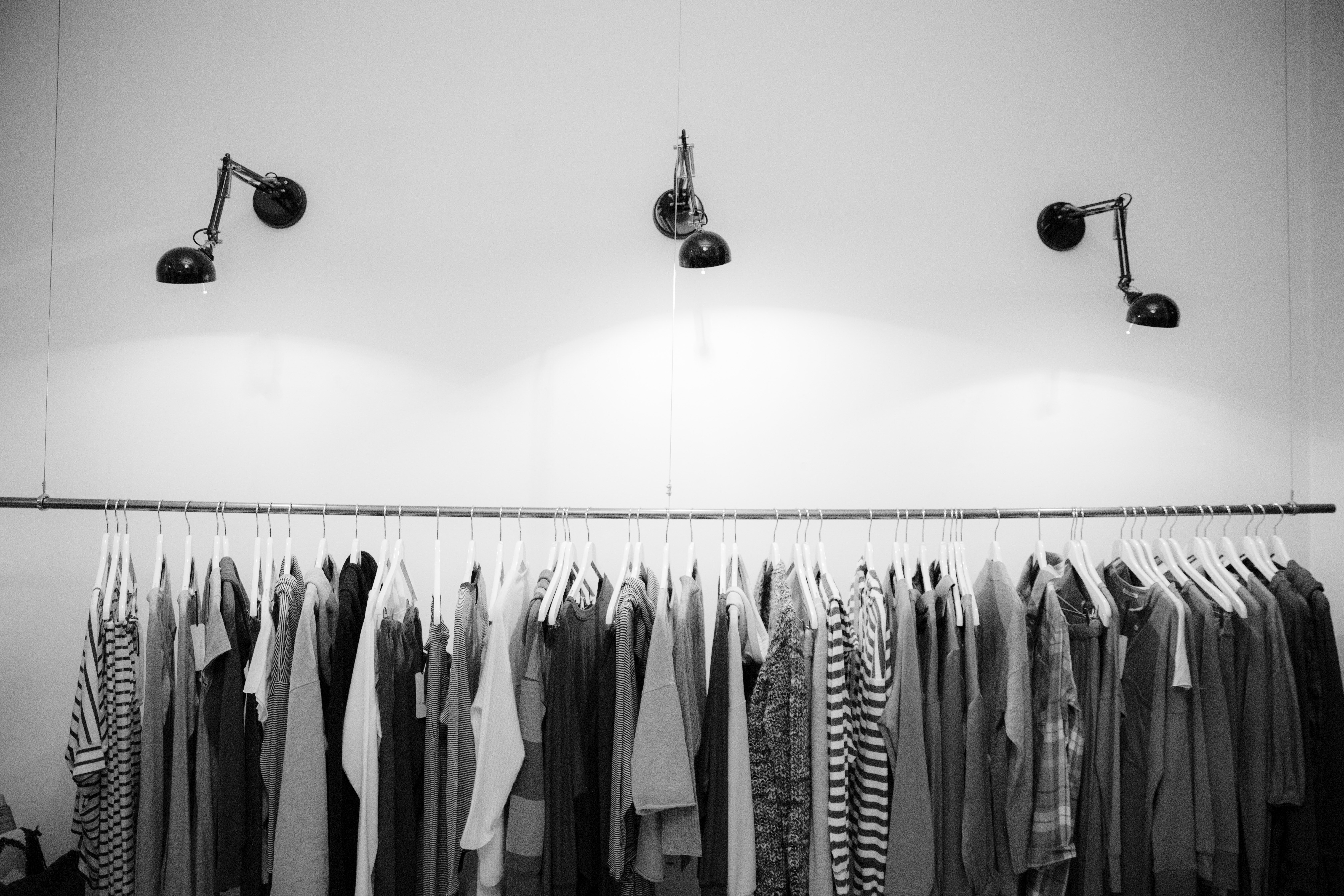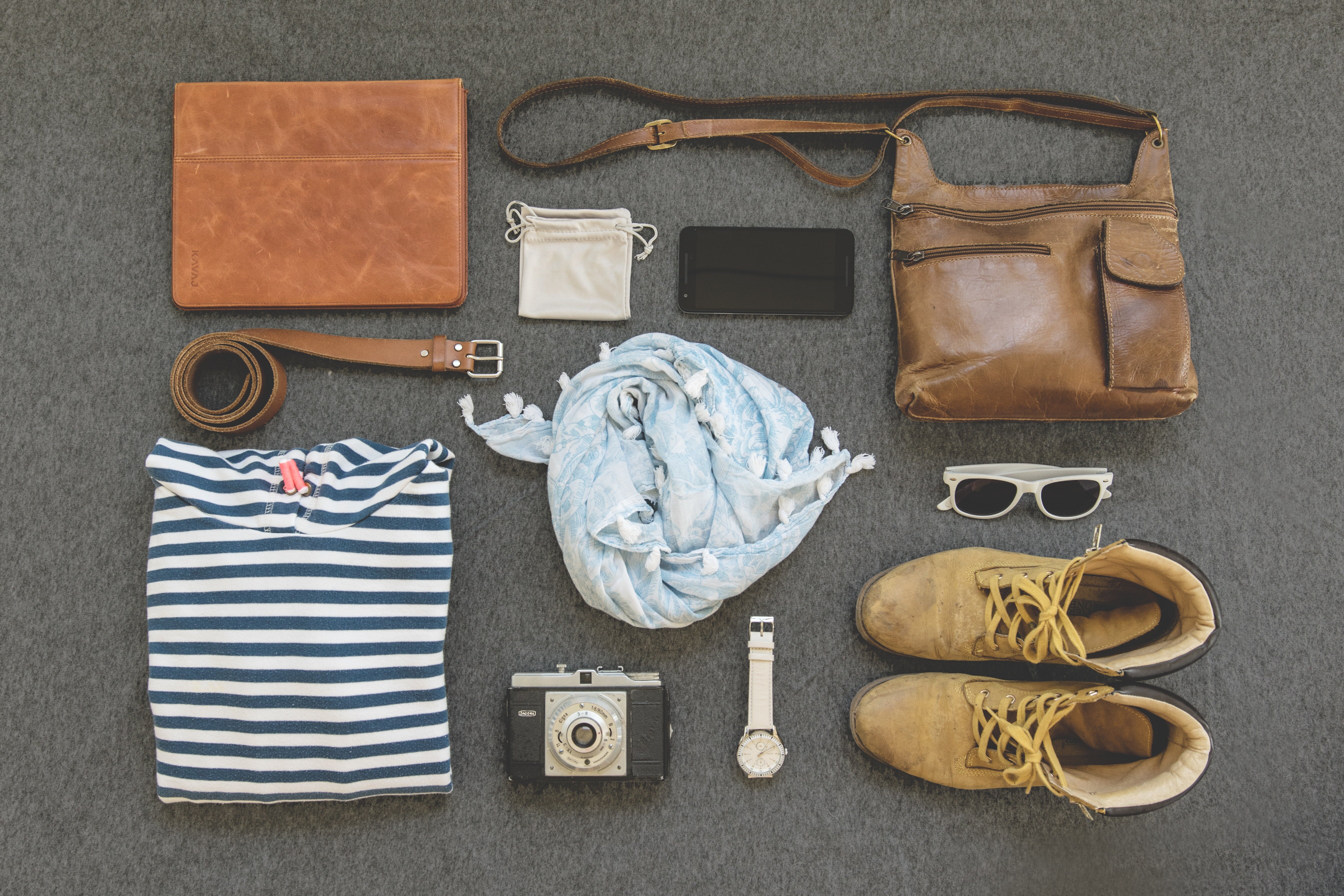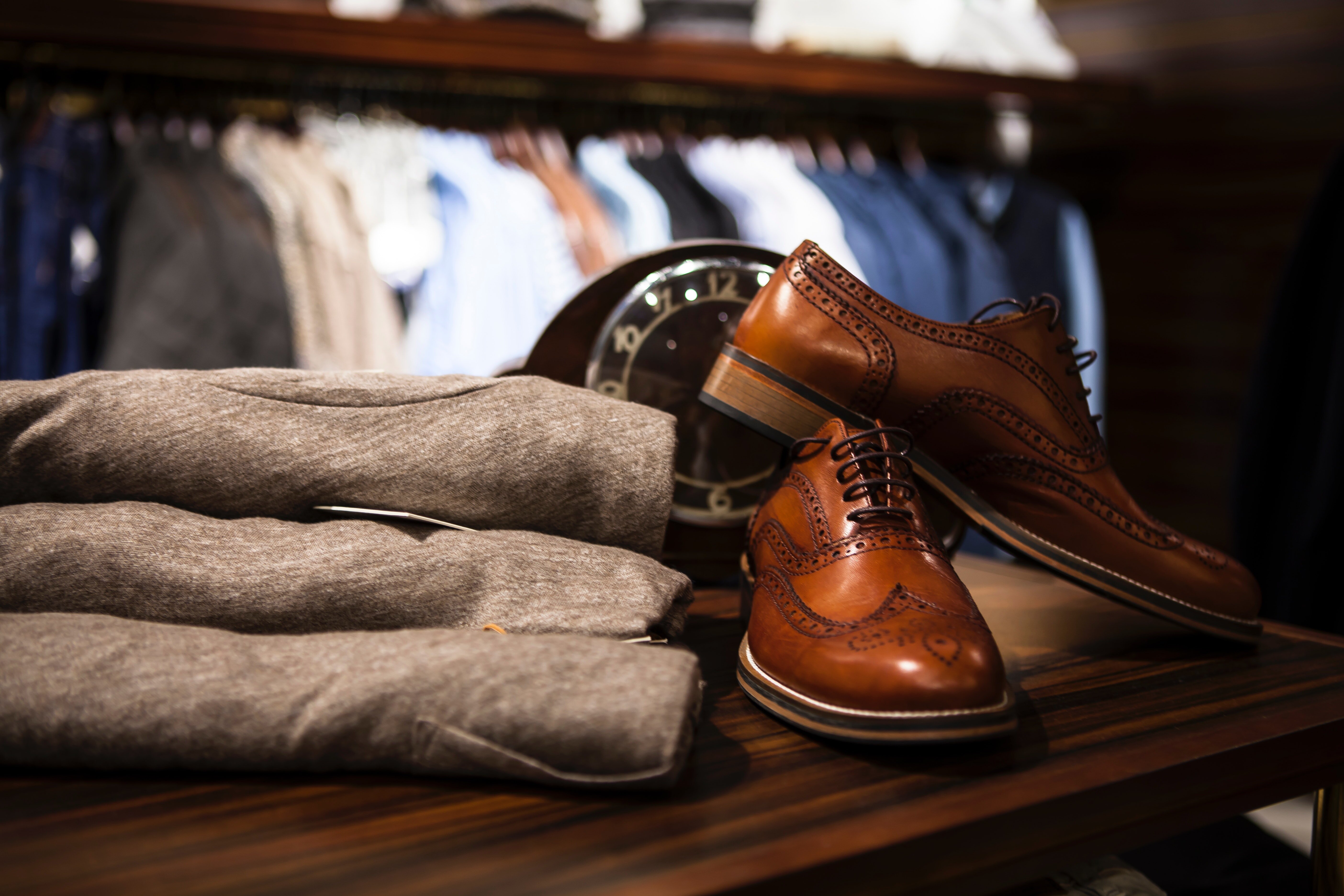Table of Contents
- Introduction
- What is a Fashion Portfolio?
- Importance of a Fashion Design Portfolio for a Fashion Designer
- Essential Elements of a Fashion Portfolio
- How to Make a Fashion Portfolio: Step by Step Guide
- Digital Fashion Portfolio vs Traditional Fashion Portfolio
- Fashion Portfolio Layouts and Designs
- Using Portfoliobox for Your Fashion Portfolio
- Why Choose Portfoliobox?
- Tips and Tricks to Make Your Fashion Portfolio Stand Out
- Conclusion
Introduction
The world of fashion is ever-evolving, with new trends and design techniques constantly emerging. To stand out in this competitive industry, it is essential for a fashion designer to have an impressive and comprehensive fashion portfolio. This article will guide you through the process of creating an exceptional fashion portfolio that showcases your unique style and design capabilities.
A fashion portfolio is more than just a collection of sketches and designs; it is a representation of your creative process, your aesthetic, and your vision as a designer. It provides potential clients and employers with a tangible demonstration of your abilities, making it an indispensable tool in your professional career.
Creating a fashion portfolio is a journey that requires time, effort, and a lot of creativity. However, with the right approach and guidance, you can develop a portfolio that not only showcases your work but also tells your story as a designer.

What is a Fashion Portfolio?
A fashion portfolio is a curated collection of a designer's work that showcases their skills, creativity, and breadth of experience. It includes sketches, design concepts, finished garments, and other relevant materials that reflect the designer's aesthetic and design process.
The fashion portfolio serves as a visual resume, providing a tangible demonstration of a designer's abilities. It should be able to communicate the designer’s creative process, from conceptualization to the final product. It is a vital tool for fashion designers, as it allows potential clients, employers, and collaborators to gauge their capabilities and unique style.
A well-curated fashion portfolio can open doors for fashion designers. It can help them land jobs, attract clients, and establish a strong presence in the competitive fashion industry.
Importance of a Fashion Design Portfolio for a Fashion Designer
A fashion design portfolio is more than just a collection of works; it is a reflection of a fashion designer's identity, style, and capabilities. It is a powerful tool that can help designers establish their brand, attract clients, and secure job opportunities.
One of the primary benefits of a fashion portfolio is that it provides a platform for designers to showcase their work. It allows them to demonstrate their skills, creativity, and versatility, enhancing their professional image and credibility.
Moreover, a fashion portfolio provides a tangible demonstration of a designer's design process. It gives potential clients and employers a glimpse into how they conceptualize ideas, develop design concepts, and create finished garments. This can help them assess whether a designer's style and approach align with their own, making it a crucial factor in hiring decisions.
Lastly, a fashion portfolio can serve as a promotional tool. With the rise of digital technologies, designers can now share their portfolios online, reaching a wider audience and increasing their visibility in the industry.
Essential Elements of a Fashion Portfolio
An impressive fashion portfolio should be a comprehensive showcase of a designer's work, highlighting their skills, creativity, and design process. Here are some essential elements that should be included in a fashion portfolio:
-
Design Sketches: These are preliminary drawings that show the initial concept of the design. They can be simple or detailed, but they should clearly convey the designer's vision.
-
Technical Drawings: These are detailed, to-scale drawings that show the design's construction details, such as seam lines, darts, and closures.
-
Fabric Swatches: These are small samples of the fabrics used in the design. They provide a tactile element to the portfolio, allowing viewers to appreciate the material's texture and quality.
-
Finished Garments: Photographs of the completed design, either on a dress form or a model, demonstrate the designer's ability to execute their vision.
-
Mood Boards: These are collages of images, colors, and materials that serve as the design's inspiration. They provide insight into the designer's creative process.
-
Design Statements: These are brief descriptions that explain the design's concept, inspiration, and development process. They provide context to the design and help viewers understand the designer's thought process.
A well-curated fashion portfolio should not only showcase a designer's skills and creativity but also convey their unique style and design philosophy.
How to Make a Fashion Portfolio: Step by Step Guide
Creating a fashion portfolio can seem daunting, but with the right approach and guidance, it can be an enjoyable and fulfilling process. Here is a step-by-step guide on how to create a compelling fashion portfolio:
-
Define your Objective: Before you start, it's important to define the purpose of your portfolio. Are you trying to land a job, attract clients, or establish your brand? Your objective will guide you in curating and presenting your work.
-
Select your Best Works: Choose designs that showcase your skills, creativity, and versatility. Include a variety of works that highlight your range as a designer, from sketches and technical drawings to finished garments and mood boards.
-
Organize your Works: Arrange your works in a logical order, such as chronologically or by theme. This can help viewers navigate your portfolio and understand your design process.
-
Include Design Statements: For each design, include a brief description that explains the concept, inspiration, and development process. This provides context to your designs and helps viewers appreciate your creative process.
-
Design the Layout: Design a clean, professional layout that complements your works. Make sure the layout is easy to navigate and doesn't distract from your designs.
-
Review and Edit: Once you've put together your portfolio, review it for any errors or inconsistencies. Make sure all images are clear and high-quality, and all texts are free of grammatical errors.
-
Get Feedback: Show your portfolio to mentors, peers, or professionals in the industry and ask for their feedback. Their insights can help you improve your portfolio and make it more effective.
Remember, creating a fashion portfolio is a continuous process. As you grow as a designer, your portfolio should evolve to reflect your development and achievements.

Digital Fashion Portfolio vs Traditional Fashion Portfolio
The advent of digital technology has transformed the way fashion portfolios are created and presented. Today, designers have the option to create either a traditional print portfolio or a digital fashion portfolio. Each has its own advantages and considerations.
A traditional fashion portfolio is a physical book or binder that contains printed images of a designer's work. It provides a tactile experience, allowing viewers to touch fabric swatches and appreciate the details of the designs. However, it can be bulky and inconvenient to carry around, and it can be costly to update and reproduce.
On the other hand, a digital fashion portfolio is a collection of a designer's work presented on a website or digital platform. It is easy to update and share, and it can reach a wider audience through the internet. However, it lacks the tactile element of a physical portfolio, and it requires technical skills to create and maintain.
In deciding between a digital and traditional portfolio, consider your audience, purpose, and resources. You might also consider creating both, as each can serve different purposes and audiences.
Fashion Portfolio Layouts and Designs
The layout and design of your fashion portfolio can significantly impact how your work is perceived. It should be clean, professional, and easy to navigate, ensuring that your designs are the center of attention.
Here are some tips for creating effective fashion portfolio layouts:
-
Keep it Simple: Use a clean, minimalist layout that doesn't distract from your designs. Avoid clutter and unnecessary elements.
-
Use High-Quality Images: Make sure all images are clear, crisp, and high-quality. They should accurately represent the colors and details of your designs.
-
Organize your Works: Arrange your works in a logical order, such as chronologically or by theme. This can help viewers navigate your portfolio and understand your design process.
-
Include White Space: White space can help balance the elements on the page and make your portfolio more comfortable to view.
-
Use Consistent Branding: Your portfolio should reflect your brand. Use consistent fonts, colors, and styles throughout your portfolio.
Remember, the goal of your portfolio layout is to showcase your designs in the best possible light. It should enhance your work, not distract from it.
Using Portfoliobox for Your Fashion Portfolio
Portfoliobox is a popular online platform for creating and managing digital portfolios. It offers a range of features and tools that can help you create an impressive and professional fashion portfolio.
With Portfoliobox, you can easily upload and organize your works, design the layout of your portfolio, and share your portfolio with the world. It also offers ecommerce features, allowing you to sell your designs directly from your portfolio.
One of the main advantages of Portfoliobox is its ease of use. It features a user-friendly interface and requires no coding skills, making it accessible to designers of all levels. It also offers a range of templates and customization options, allowing you to create a portfolio that reflects your unique style and brand.
Why Choose Portfoliobox?
Portfoliobox offers several advantages that make it an excellent choice for creating your fashion portfolio. Here are some reasons why you should consider using Portfoliobox:
-
Ease of Use: Portfoliobox features a user-friendly interface and requires no coding skills. You can easily upload and organize your works, design your portfolio layout, and update your portfolio as needed.
-
Customization: Portfoliobox offers a range of templates and customization options, allowing you to create a portfolio that reflects your unique style and brand. You can choose from different layout styles, color schemes, and fonts to design your portfolio.
-
Sharing and Visibility: With Portfoliobox, you can easily share your portfolio with the world. You can link your portfolio to your social media accounts, email it to clients or employers, or even embed it on your website.
-
Ecommerce Features: Portfoliobox also offers ecommerce features, allowing you to sell your designs directly from your portfolio. You can set up an online shop, manage your inventory, and process payments through the platform.
-
Customer Support: Portfoliobox offers excellent customer support, providing you with assistance and guidance as you create and manage your portfolio.
With these features and benefits, Portfoliobox can be an excellent tool to help you create a professional and impressive fashion portfolio.

Tips and Tricks to Make Your Fashion Portfolio Stand Out
Creating a fashion portfolio is one thing, but making it stand out is another. With countless designers showcasing their work, it's crucial to create a portfolio that leaves a lasting impression. Here are some tips and tricks to help you make your fashion portfolio stand out:
-
Showcase Your Best Work: Choose your strongest designs that demonstrate your skills, creativity, and versatility. Don't include everything; instead, carefully curate your works to show your range and development as a designer.
-
Tell a Story: Use your portfolio to tell a story about your design process, inspiration, and journey as a designer. This can make your portfolio more engaging and memorable.
-
Include Variety: Show a range of works, from sketches and technical drawings to finished garments and mood boards. This can demonstrate your versatility and breadth of experience.
-
Be Authentic: Let your unique style and personality shine through your portfolio. Don't try to mimic other designers; instead, showcase your unique perspective and aesthetic.
-
Keep it Updated: Regularly update your portfolio to include your latest works and achievements. This shows that you are active, evolving, and committed to your craft.
Remember, your fashion portfolio is a representation of you as a designer. Make it a reflection of your skills, creativity, and passion for fashion.
Conclusion
Creating an impressive fashion portfolio is a crucial step in establishing a successful career in the fashion industry. It allows you to showcase your skills, creativity, and unique style, making it an indispensable tool for attracting clients, landing job opportunities, and establishing your brand.
Whether you choose to create a traditional or digital portfolio, or use platforms like Portfoliobox, it's essential to carefully curate and present your works in a way that reflects your brand, tells your story, and impresses your audience.
Remember, creating a fashion portfolio is a continuous process. As you grow and evolve as a designer, your portfolio should also evolve to reflect your development, achievements, and aspirations. With passion, creativity, and dedication, you can create a fashion portfolio that stands out and leaves a lasting impression.












